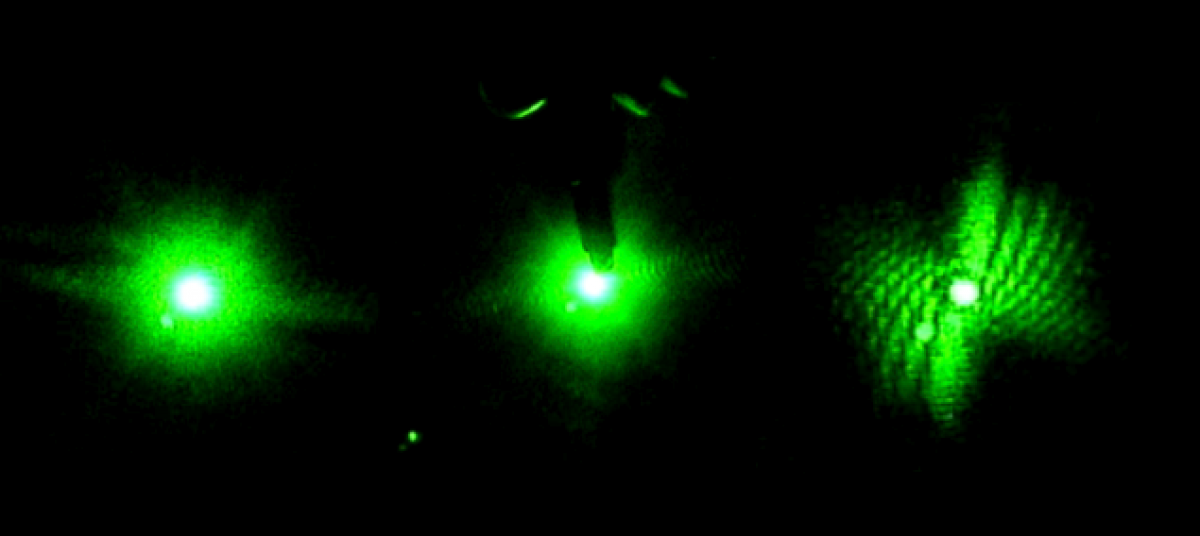The most commercially useful derivative of chitin is chitosan. It is made by the deacetylation of the pure chitin compound. Typically, pure chitin is harvested from shrimp, crab and lobster shells disposed of by restaurants. In this process, an acetyl group (molecular formula C2H3O+) is removed from a single chitin molecule [10]. This changes the physical and chemical properties of the molecule, introducing a more restricted number of orientations for chitosan chains than for chitin chains. While still forming orthorhombic micelles, these micelles have a smaller depth and length (8.9 Å depth and 17.0 Å length) than α-chitin micelles but have the same width. Pure chitosan is structurally weaker than that of pure chitan. It begins decomposing at 184°C, and is soluble in dilute acids [14]. It is still, however insoluble in many common solvents such as concentrated acid, alcohol and acetone. Despite it’s weaker constitution, chitosan is much more common in commercial and industrial products and has a wider variety of uses, ranging from medical to agricultural.
